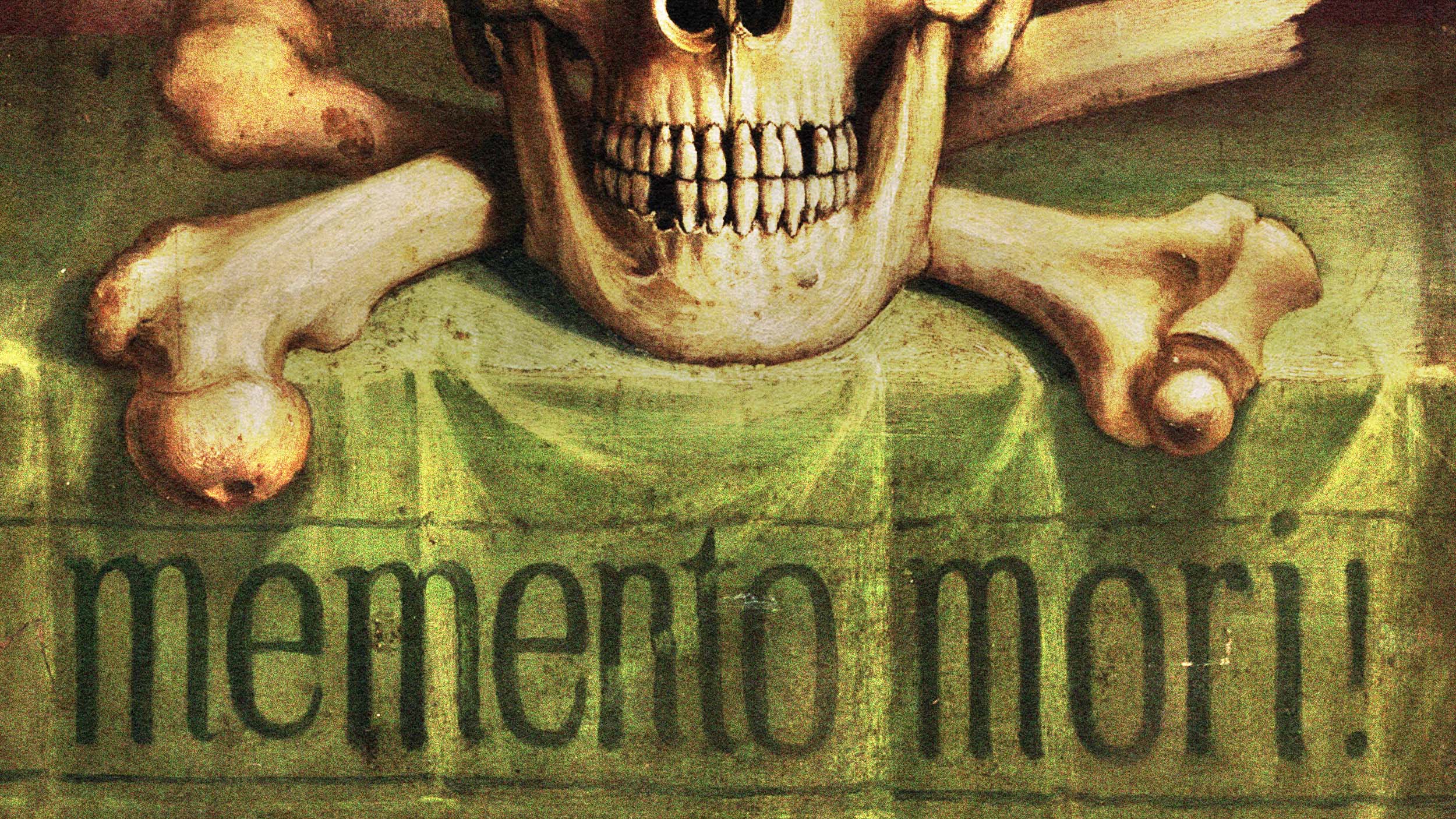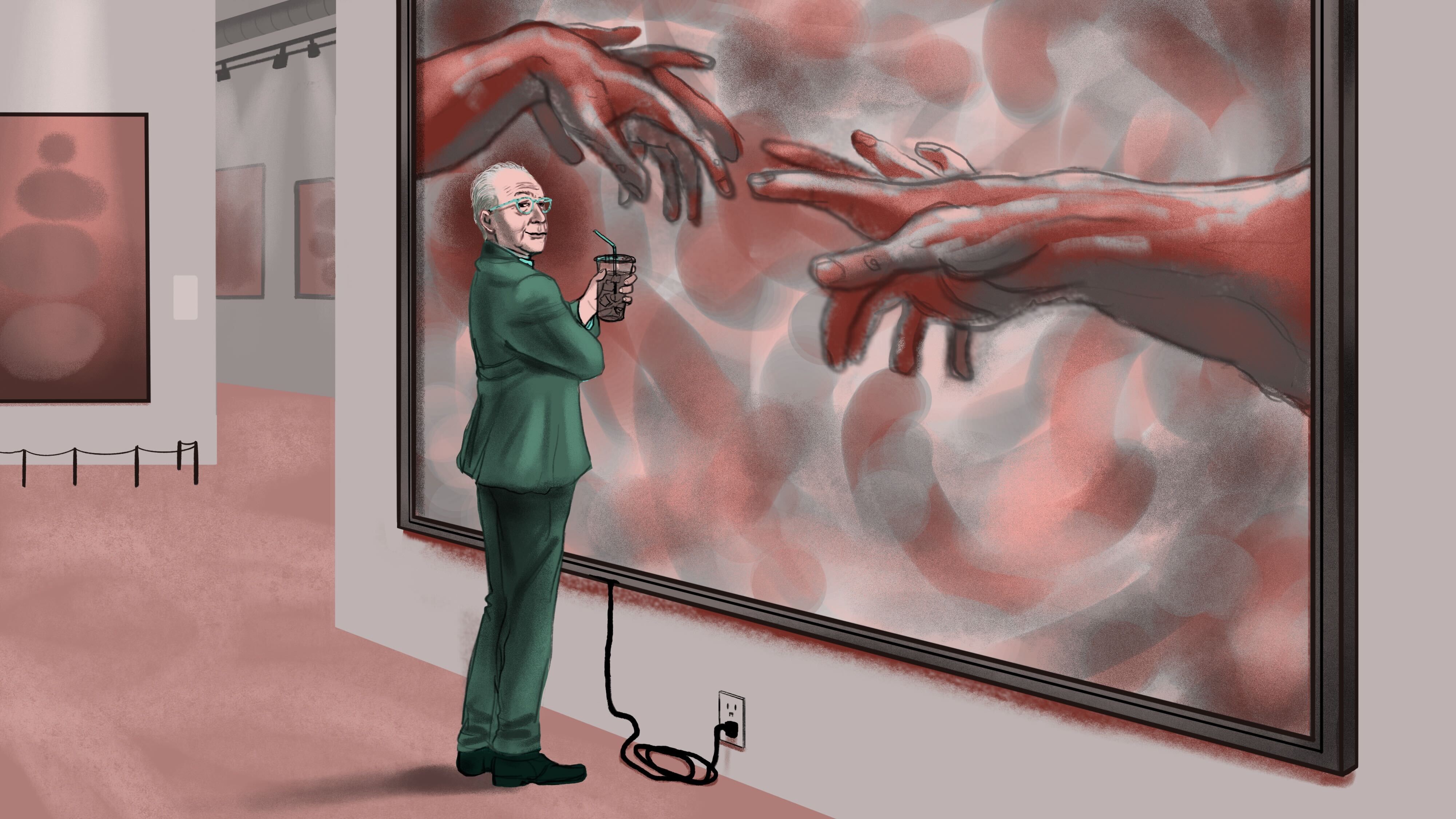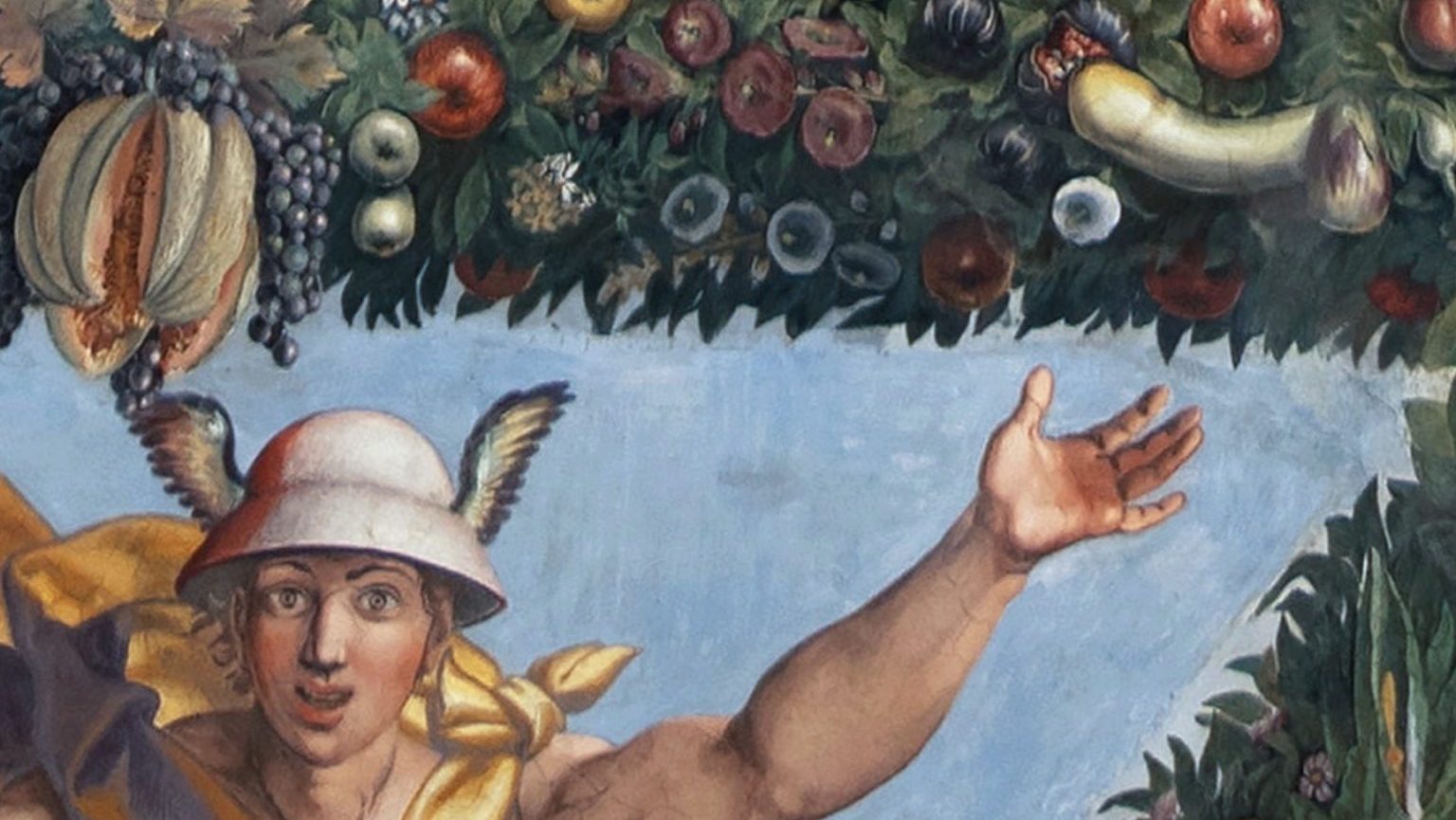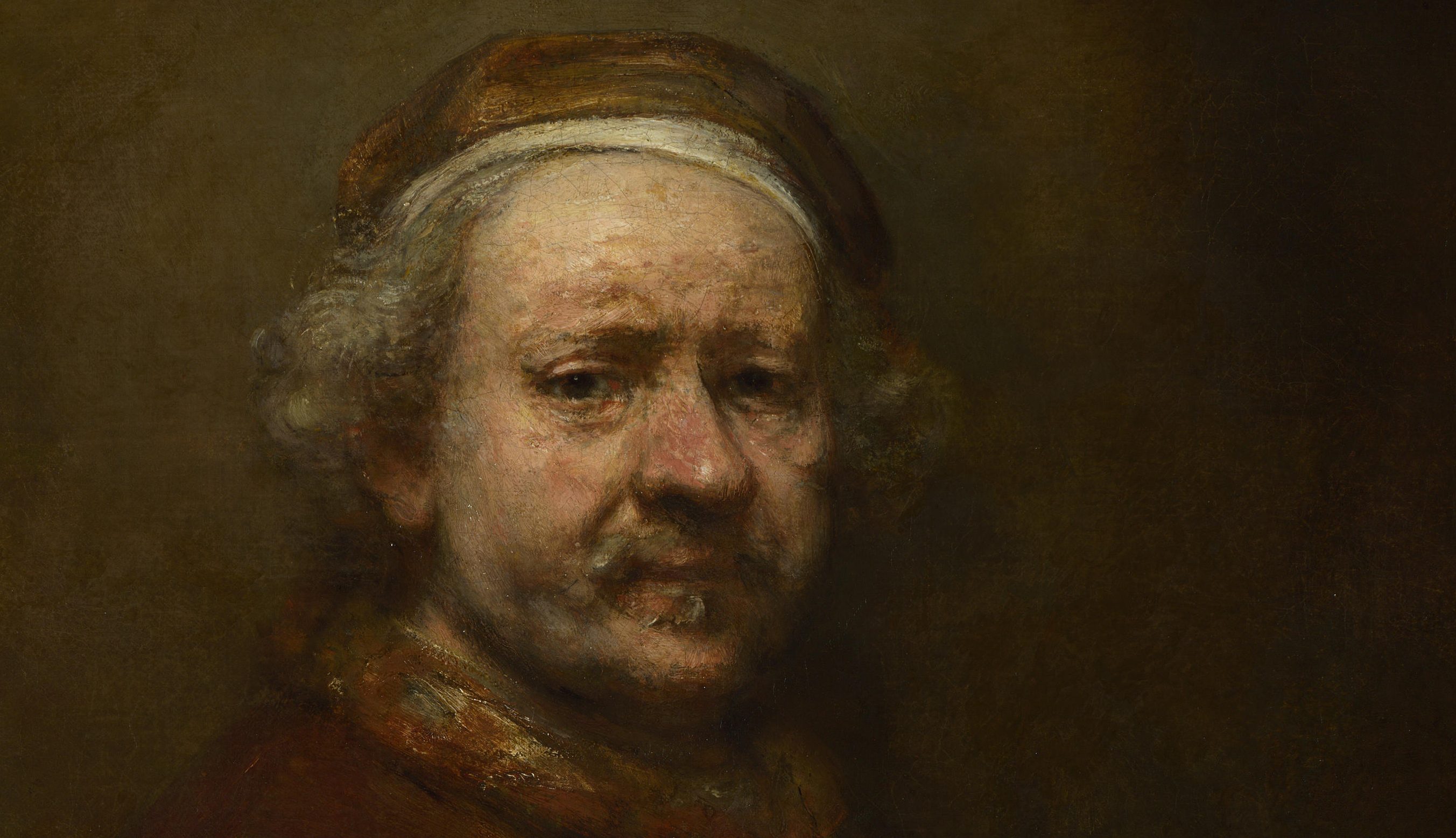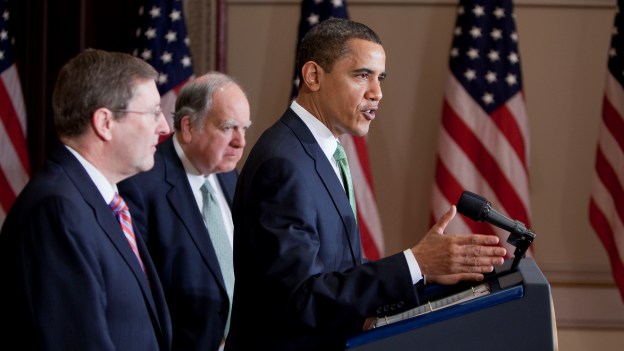I’ll Be Your Mirror: Michael Fried’s “The Moment of Caravaggio”
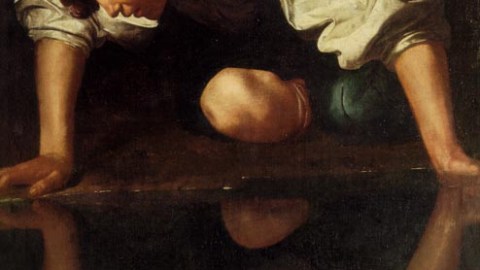
“I’ll be your mirror,” The Velvet Underground sang in the song of the same name, “Reflect what you are, in case you don’t know.” In The Moment of Caravaggio, Michael Fried argues that the art of Michelangelo Merisi da Caravaggio captivates us by reflecting back at us the interior life we the viewer project into it. Fried adds to that dynamic another “moment,” in which the artist himself finds himself captured by his own painting, which he must cast off if it is to live as an independent art work. One of the most intriguing and subtle art critics writing today, Fried casts new light into the work of the master of chiaroscuro and presents a fresh approach to understanding just why Caravaggio’s art lingers in the mind and holds our attention even today, four centuries after his death.
Fried’s “moment of Caravaggio” actually consists of two moments happening simultaneously. He calls one “moment” the “immersive,” in which the painter becomes “so caught up, so immersed” in the act of painting that he becomes “less than fully aware of any sharp distinction between the painting and himself.” It as if the painter reenacts the myth of Narcissus, a subject Caravaggio painted (shown above, from 1597-1599), but replacing the beautiful boy with the artist himself. Caravaggio’s penchant for placing self-portraits in his work comes up again and again in Fried’s narrative, allowing him to mount greater and greater evidence for this “moment.” Even Caravaggio’s painted portraits seem immersed, almost trapped, in the drama of the painting they inhabit.
In some works, such as The Martyrdom of Saint Matthew, Caravaggio depicts his painted double immersed in the action before him while simultaneously trying to escape from the scene. Fried calls this escape mode the second “moment” or “specular” moment, in which the artist or viewer is no longer “in” the painting but instead is “outside,” where he “discover[s] that he has become not just detached but distanced from it, in a relationship of mutual facing.” In the first “moment” of immersion, we identify so closely to the painting that it disappears as a painting. In the second “moment” of immersion, the painting as painting returns and forces us to face it from the outside while it faces us from the wall before us.
Fried makes great use of his analysis of the motif of right-angle mirror self-portraits in the works of Caravaggio and his contemporaries. He uncovers the right-angle mirror self-portrait hidden in works such as Boy Bitten by Lizard, in which the painted figure’s right hand bitten by the lizard would have held the artist’s palette and the left hand registering shock would have held the brush. In such self-portraits the artist would immerse himself in the process of looking at the mirror and transferring that image to the canvas. The identification would be irresistible. Pulling free of that irresistible force had to be difficult. Perhaps tricks such as biting lizards may have helped break the spell. Like the figure in The Martyrdom of Saint Matthew fleeing the scene of the crime in the painting, Caravaggio in these mirror self-portraits, Fried believes, removes “himself [from the work] as its creator… to make the work self-sufficient and autonomous… [and] launch it into the world independently of him.”
Another fascinating twist in Fried’s argument, which is based on the A. W. Mellon Lectures in the Fine Arts he delivered at the National Gallery of Art in Washington, DC, several years ago, comes in his use of Stanley Cavell’s theories on Shakespearean tragedy. For Cavell, what makes Shakespeare’s tragic figures tragic is their inability to confront the reality of “human finitude,… the often painful fact of the necessary separateness of persons and their consequent opacity to one another,” Fried writes. This “necessary separateness “ is necessary in Caravaggio’s paintings as well. Cavell’s theory reminded me of T.S. Eliot’s critique of Samuel Taylor Coleridge’s analysis of Hamlet. Coleridge, Eliot complained, “make a Coleridge of Hamlet.” The identification of reader and character in Coleridge’s case was complete—the Narcissistic infinite loop that sets neither art nor artist nor analyst free. By bringing in these ideas from outside the art world, Fried amplifies the power of his argument.
As beautiful as Fried’s analysis of Caravaggio is (ably complimented by 200 color illustrations), I found myself equally captivated by his rehabilitation of the Caravaggisti, the often-belittled followers of the master. Rather than the “parasitic” painters of conventional wisdom, the Caravaggisti emerge in Fried’s essay as part of “a collective effort to formulate a new paradigm for gallery painting… extrapolated” from Caravaggio’s art and continued through that of Orazio and Artemisia Gentileschi, Bartolomeo Manfredi, Valentin de Boulogne, and others. Caravaggio becomes the central figure of a great tradition rather than the lone genius—inspiration to his followers, inspirational rival to contemporaries such as Annibale Carracci and Lodovico Carracci, and even indirectly influential to later critics such as Poussin who endlessly professed his loathing for the “other” Michelangelo.
In the very beginning of the very first lecture, Fried announces his “outsider” status in Caravaggio studies. After a lifetime committed to the study of French painting, Fried directs his gaze to Caravaggio studies and sets it on its edge. We’ve always appreciated the confrontational quality of Caravaggio. That “in your face” power that pushes us away is unmistakable. What Fried brings to the discussion is the “in your head” power of Caravaggio—the immersive power of the contemplation embedded in the scenes that leads us to identify with the inner life of painted figures. “I’ll be your mirror,” Caravaggio says, before stepping through the looking glass and shattering it on the way out. Michael Fried’s The Moment of Caravaggio allows us to pick up the pieces.
[Many thanks to Princeton University Press for providing me with a review copy of Michael Fried’s The Moment of Caravaggio.]

